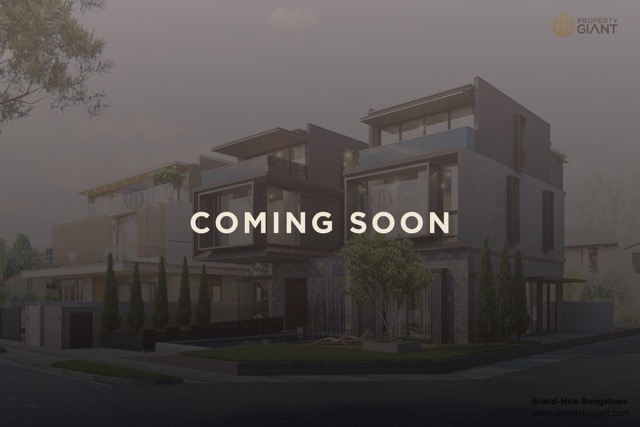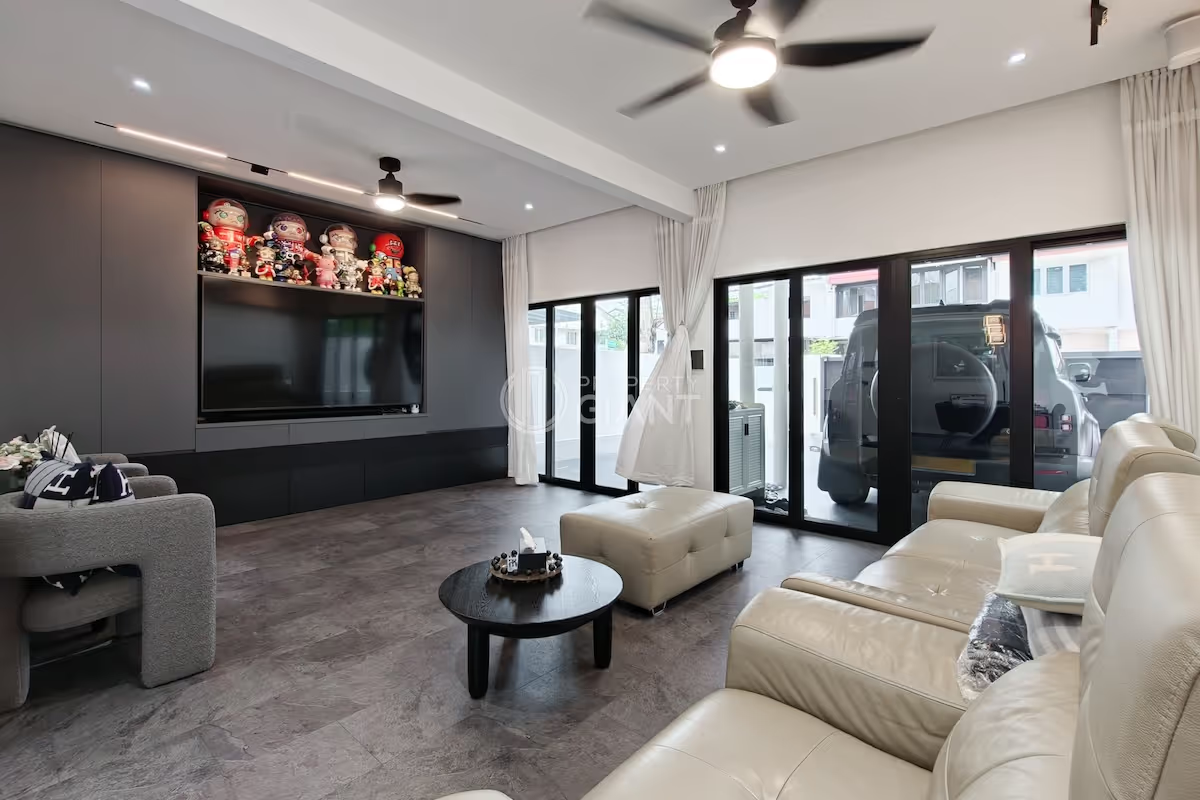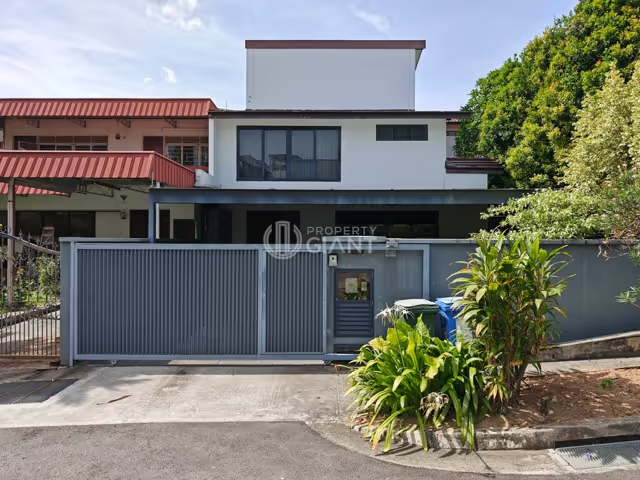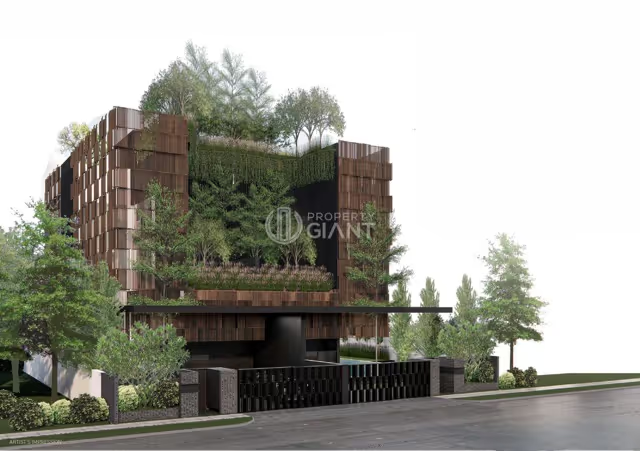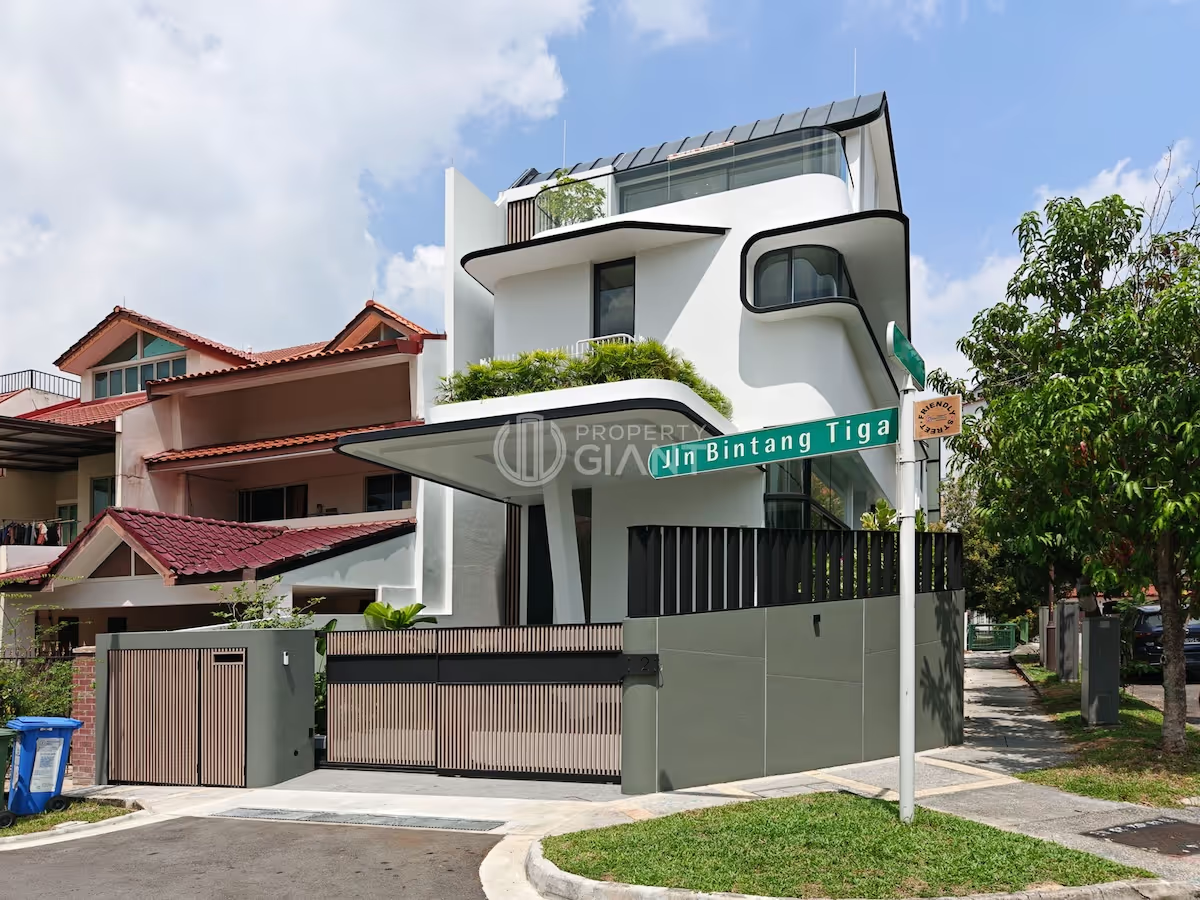

SINGAPORE - The decision by a majority of owners at the Golden Mile Complex to back a collective sale will make the modernist icon a test for conservation efforts governing buildings deemed to have historical and architectural significance.
Redevelopment of the Beach Road property, which is the only strata-titled building gazetted for conservation so far, could pave the way for a rethink on the collective sale redevelopment model for other privately owned, strata-titled buildings.
More than 80 per cent of Golden Mile Complex owners agreed to take $700 million for the landmark building - $100 million less than the original $800 million reserve price - within "a record time of 15 days", noted marketing agent Edmund Tie & Co.
The Straits Times reported last month that the offer was made by a consortium comprising Far East Organization and Perennial Holdings following private treaty negotiations after a second collective sale tender closed on Feb 28.
Golden Mile Complex's first sale attempt at a reserve price of $800 million ended in 2019 with no bids.
The consortium has until May 9 to exercise its option to buy.
Analysts noted that if the deal goes through, it could signal that redeveloping heritage buildings can be commercially viable given the right guidelines and incentives.
The Urban Redevelopment Authority (URA) has offered incentives to make development options for the Golden Mile Complex more attractive to buyers concerned about the constraints imposed by conservation rules.
These include a one-third increase in floor area with a waiver of part of its development charge.
Mr Karamjit Singh, chief executive of property investment sales specialist Delasa, noted that incentives such as higher plot ratios are needed to support the economics of a collective sale.
"It's more cumbersome to refurbish an existing building and comply with the conservation requirements than to redevelop afresh," he said.
"Usually it costs more and the building may not be as efficient. Because of these constraints, without incentives, there is usually a gap in pricing between what would work for sellers and buyers.
"But bonus plot ratios help close that gap while achieving urban preservation and revival objectives."
URA, in attempting to strike a balance between preserving heritage value and modernising a building, has recognised that such blocks are best sold to a developer through a collective sale, Mr Singh added.
In the absence of government incentives, Golden Mile Complex's first collective sale attempt failed.
But bonus plot ratios and the improved market sentiment may well be the incentive developers need to take on more of such conservation efforts.
However, this may not be true for every conservation project as each one is different and any incentive package would have to be tailored, said Ms Catherine He, Colliers' head of research here.
Whether developers have the confidence to bid will depend on the building's characteristics, the guidelines and incentives given, she added.
While a number of owners of post-independence landmarks such as People’s Park Complex and People’s Park Centre have jumped on the collective sale bandwagon, these buildings have not been earmarked for conservation as yet.
But the Golden Mile redevelopment effort could provide the blueprint for conservation of other similar buildings.
Meanwhile, the National Aerated Water building, a conserved freehold commercial property in Serangoon Road that has been relaunched for sale at $18.9 million, illustrates how conservation and profitable redevelopment can go hand in hand.

The main building that housed the former soft drinks factory has been partially conserved to preserve part of Kallang's industrial history.
"The building is part of a newly built apartment development of which a specific component has been conserved. Whoever buys it does not need to redevelop it, as it is already refurbished by the developer," said Mr Singh.
Credit: Straits Times


